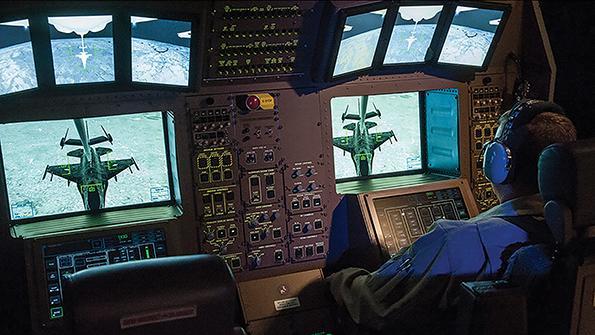
Credit: Boeing
The plan to fix the KC-46’s troubled Remote Vision System (RVS) is delayed as the U.S. Air Force and Boeing try to work through a longstanding issue with the aircraft’s panoramic visual system—how it meshes together a system of cameras to detect incoming receiver aircraft—as well as the quality of...
Subscription Required
This content requires a subscription to one of the Aviation Week Intelligence Network (AWIN) bundles.
Schedule a demo today to find out how you can access this content and similar content related to your area of the global aviation industry.
Already an AWIN subscriber? Login
Did you know? Aviation Week has won top honors multiple times in the Jesse H. Neal National Business Journalism Awards, the business-to-business media equivalent of the Pulitzer Prizes.

